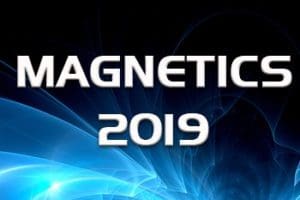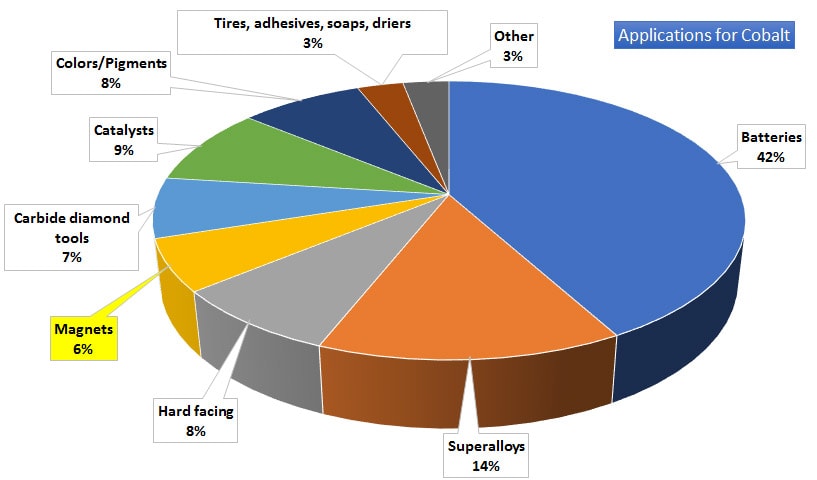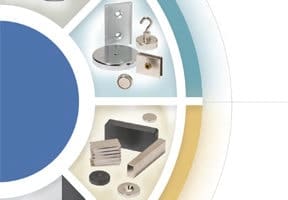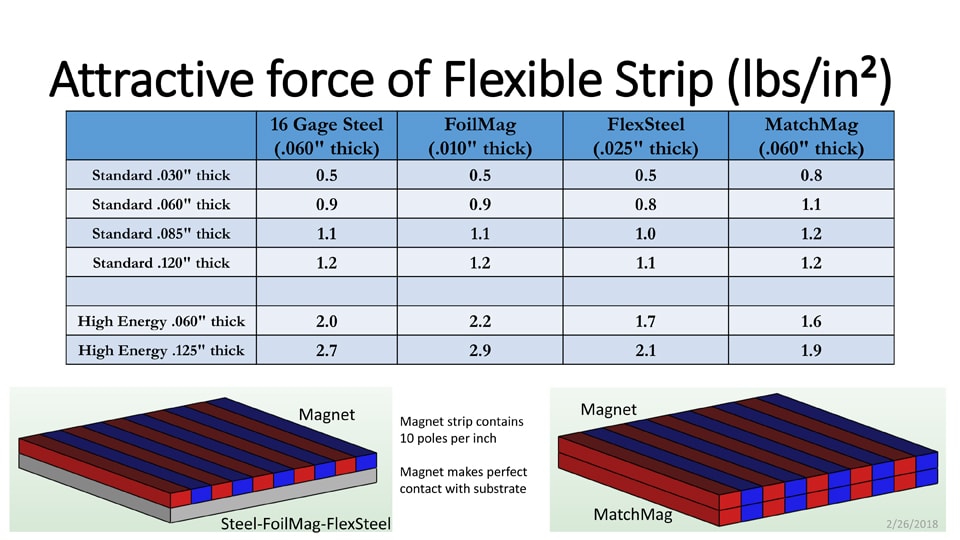Adams to Present New Standards for Permanent Magnets at Magnetics 2019
Leave a CommentPeople purchasing magnets rely on standards to ensure the products they buy will work properly in their application. Uncertainties or variations in quality can result in product failure. Until now, magnet standards have been outdated, specific to only one region of the world or vague about the details of some popular magnetic materials. ASTM International has recently released four new permanent magnet standards; one each for Alnico, Hard Ferrite (Ceramic), Samarium Cobalt and Neodymium Iron Boron. These modern standards set clear performance levels and provide acceptance criteria that can prevent misunderstandings between magnet producers and users.
Mike Devine, Senior Applications Engineer at Adams, will describe the current situation with magnet standards and explain the main features of the new ASTM International standards. New material naming conventions will be described using popular magnet grades. Non-magnetic properties including workmanship, finish and appearance will also be discussed.
Please join us at Magnetics 2019 in Orlando, Fl where you can attend Mike’s discussion at 9:00 am Wednesday, January 23rd. More about Mike’s presentation can be found here: https://magneticsconference.com/schedule/new-standards-for-permanent-magnets/
For more information about the conference, please contact us or visit https://magneticsconference.com/.









